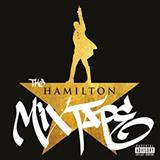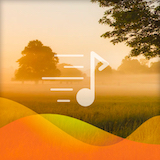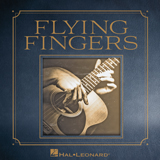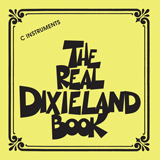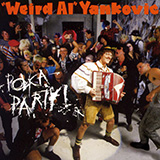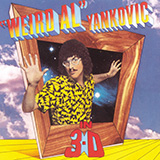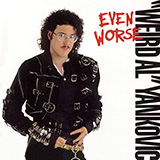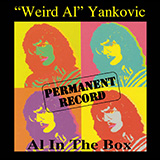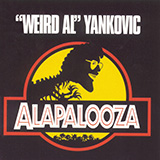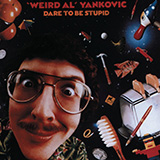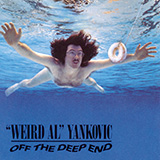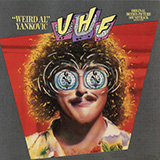For many people, learning how to read sheet music is a daunting task. However, it is a skill that can be learned with a little bit of practice. This guide will teach you the basics of reading sheet music, so that you can begin to learn your favorite songs. Download the PDF here. The PDF includes the following lesson: - How to read music (staff, clefs, and key signatures) - How to identify notes on the staff - The parts of a song - Basic chord progressions - How to read tablature. If you are looking for more information on music, check out our other guides: How to Read Music Scales and How to Read Tablature.
How to Write a Song: A Step-by-Step Guide For many people, songwriting is a dream that has never come true. However, it is a skill that can be learned with the right tools. This guide will teach you the basics of songwriting, so that you can begin to write your own songs. Download the PDF here. The PDF includes the following lesson: - The different types of songs - Identifying a strong melody - Lyrics, melody, and harmony - Different song structures - How to harmonize your own voice If you are looking for more information on songwriting, check out our other guides
Why do orchestra musicians need sheet music while musicians in a band do not?
Orchestra musicians need sheet music to follow the conductor and play their parts in harmony with the rest of the orchestra. A conductor will give an orchestra a score (or parts) of the piece they are playing, and the musicians will have to follow this in order to play in harmony. Musicians in a band, however, can read music at their instrument and with the aid of their bandmates. There is usually a lot of emphasis on jamming and composing songs in a band, so not needing sheet music may be viewed as more beneficial. What is the difference between music and music theory?
Music is an art form that includes many different elements, including melody, harmony, rhythm, texture, form, and tim bre. Music theory is the study of these elements and their interrelationship, while music is an art form that includes many different elements. What kind of instrument(s) do I need to learn music?
There are many different instruments that can be used to play music, and this choice is ultimately up to you and your individual interests.
How can I learn to play a piece of music without sheet music just by listening to it?
If you want to learn how to play a piece of music without sheet music, you can do so by listening to it and trying to identify the different parts. Once you know what each part sounds like, you can start to piece them together and play the song yourself. What is music theory?
Music theory can be divided into two separate areas: Harmony and counterpoint. Music theory is the study of music in all its aspects, from composition to performance. It involves the analysis of both melody and harmony. It also covers a number of other areas, such as rhythm, form, and meter. \\ How do I practice and improve my music theory?
To learn more about how to practice and improve your music theory, visit our Learn Music Theory page.
This page has lesson plans and other resources that you can use to help improve your music theory skills. Just learning how to read music? Don't worry, we've got you covered.
If you're just starting out and you're looking for a good place to start with sheet music, our Learn to Read Sheet Music page has the best free lessons for beginners.
Download and print today's top hits for Arrangement solo, with big note notation. All of your favorite artists are here!


